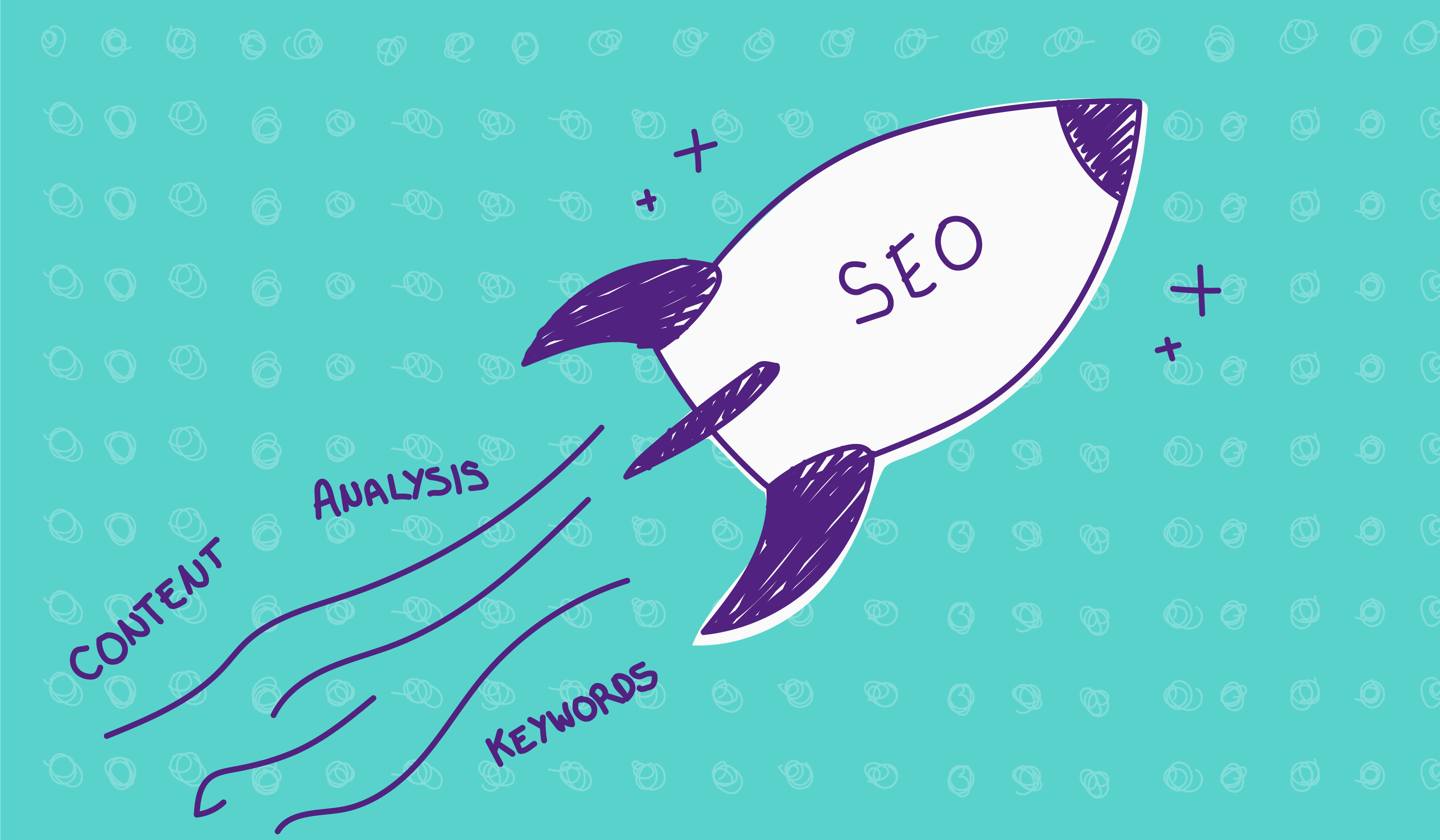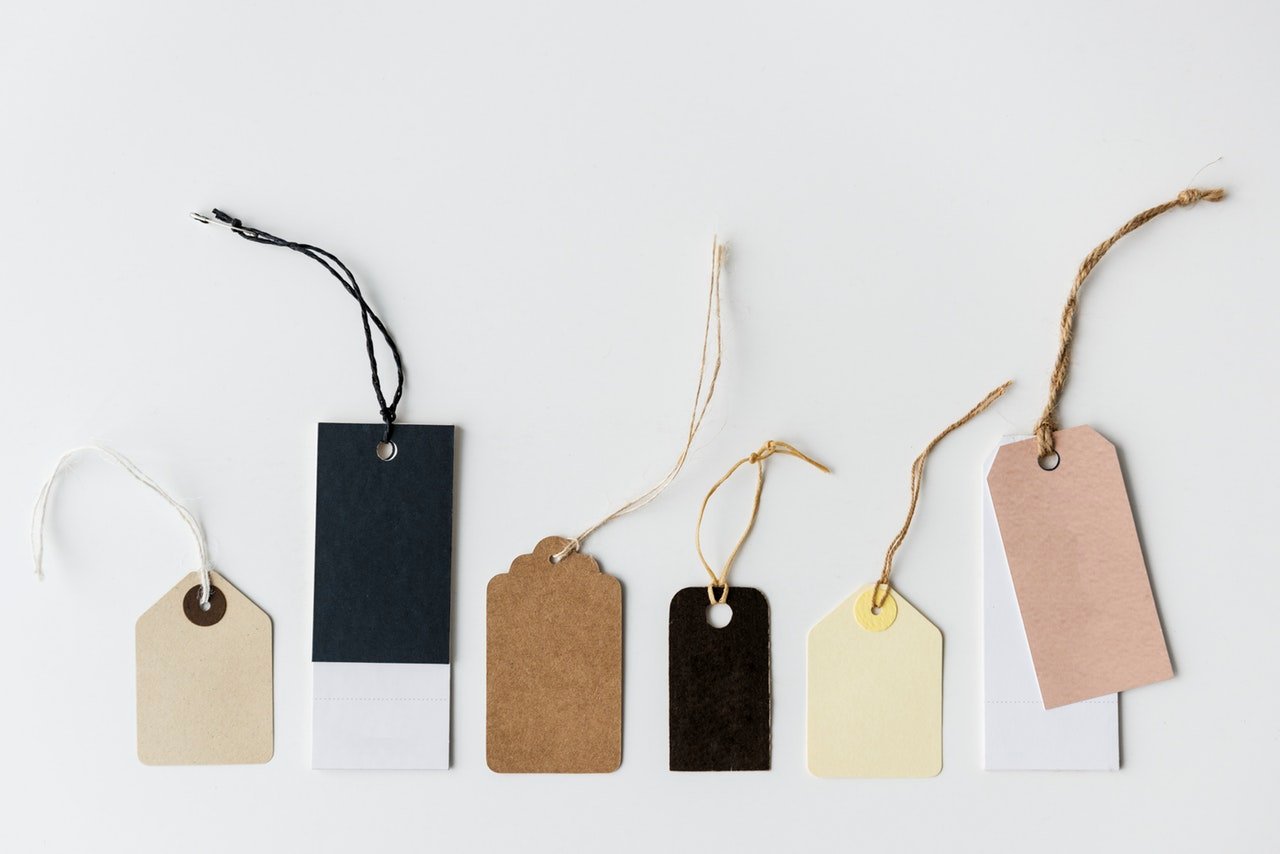We get a lot of questions about product images and whether or not they are considered duplicate content. Our CTO and co-founder Alex López has some answers for those who are concerned about images, duplicate content, and SEO.
Duplicate content: The pictures discussion
Everyone is tuned into what Google announces on this topic, and each statement they make usually leads to a debate, as they tend to be ambiguous at some level. But there are a few things we can agree on: the fact that having your own original content is best for ranking better, and that Google is becoming smarter at discovering duplications.
For retailers, sometimes creating your own original content is simply impossible, especially when it comes to imagery. You need product images from suppliers or lifestyle photos from stock libraries. So, the big question remains: what is (not) duplicate content?
Believe it or not, pictures are not considered duplicate content.
Defining duplicate content
Google says: “Duplicate content generally refers to substantive blocks of content within or across domains that either completely match other content or are appreciably similar.”
Google algorithms have become super clever and they will figure out if you’re duplicating content from other sites. But to determine you’re being naughty, they have to find significant coincidences of text, in similar contexts and/or similar order.
The Internet is huge, so the possibilities of finding a couple of very similar or identical phrases in two or more sites are constantly growing. This type of content is not what Google is looking for.
In fact, there are times when you want to copy content from other site as a quote, giving that site the credit for the content. For that, we have the <blockquote> tag, which usage is becoming more and more extensive (and apparently is good for ranking if you use them the right way).
What about pictures?
Can Google even detect that two pictures are identical or very similar, if they are located in different places and have different names? Yes, they definitely can. So that’s out of the equation. If you have doubts about it you probably never tried their “search by image” feature.
Assuming this is true, why am I saying that they won’t penalize a copy of an image?
Basically, because there are plenty of reasons for using an image in different sites, and there’s no way to figure out which of those reasons applies in each situation. Moreover, most of those cases wouldn’t justify a penalty. The main motivation for penalizing a site using a duplicated image is to punish unauthorized usage of authored content, also known as copyright infringement, which obviously is bad (and illegal).
If Google took a hard line against duplicate imagery, what would happen with…
-
Recommended content?
Yes, there are many sites using other sites’ images and/or infographics where the usage includes a link to the creator’s page. And this is just a good practice Google can’t pursue.
-
Photographers and stock photo libraries?
Imagine you buy a picture from a stock library or a professional photographer. You obviously want to use it on your site. Penalty? I don’t think so.
-
Retailers and affiliates?
So you have a shop where you sell a few brands’ products, and your brands provide you with official product pictures you decide to use. Would it make any sense to be penalized for using them?
The benefit of the doubt
Google simply cannot be bothered with the amount of policing and sorting this would require. Essentially they have given us the benefit of the doubt. So, unless the Internet scenario and rules change a lot, there’s no reason to be worried about using duplicate images, if we have a good reason to do it (and we do it legally). They will not hurt your SEO strategy.
I personally think the third point, the one that affects us here directly at Plytix, is clarifying. Of course it’s OK that you use pictures you don’t own (or you didn’t generate) in cases where the owner agrees. The e-commerce scenario, where many brands take product packshots to make them available for the retailers, is a very good example of this at work.
Of course this conversation will remain open forever, as Google announces changes or new considerations every now and then. But so far, even when they explicitly talk about images, they suggest there’s no harm to your search ranking if you use duplicates.




